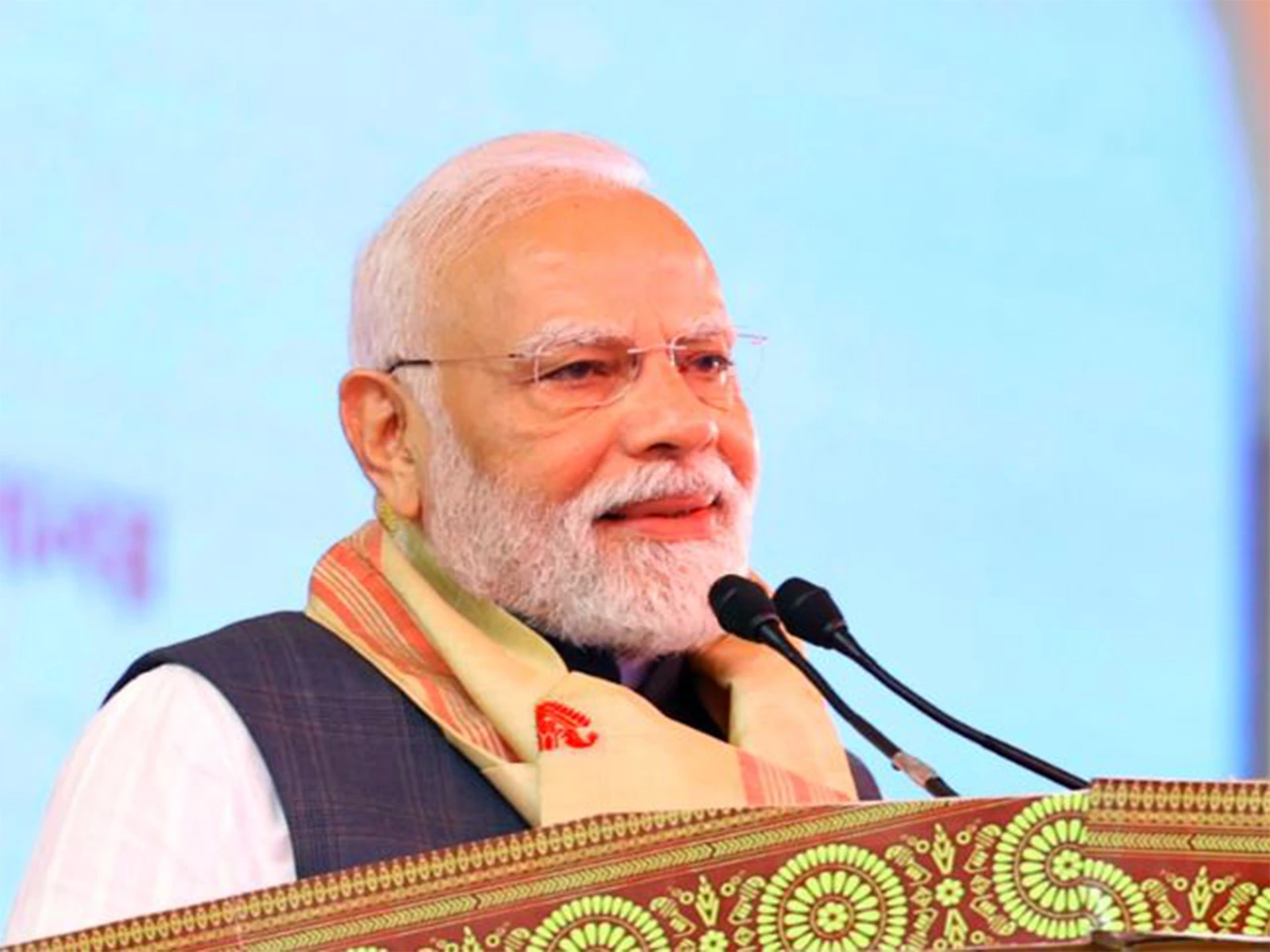The Indian Meteorological Department (IMD) has confirmed that September 2024 was the hottest September Sikkim has experienced since 1969.
This unprecedented heat wave has drawn significant attention, highlighting the broader implications of climate change and its impact on regional weather patterns.
The record-breaking temperatures have raised concerns about environmental and public health, underscoring the need for adaptive measures to address these challenges.
Hottest September: Record-Breaking Temperatures in Sikkim
According to the IMD, Sikkim recorded temperatures significantly above the seasonal average throughout September.
The average temperature for the month was reported to be the highest since 1969, surpassing previous records.
This spike in temperatures has been attributed to a combination of factors, including unusual atmospheric conditions and the ongoing effects of global climate change.
September typically marks the end of the monsoon season in Sikkim, but this year’s exceptionally high temperatures have disrupted the usual weather patterns.
The unusual warmth has led to an extended dry spell, impacting water resources and agriculture in the region. Farmers and residents are grappling with the consequences of these extreme weather conditions, which have exacerbated challenges such as water scarcity and crop stress.
Climate Change and Its Local Impacts that leads Hottest September
The hottest September in Sikkim is part of a broader trend observed globally, where increasing temperatures are becoming more frequent and severe.
Climate scientists attribute these changes to rising levels of greenhouse gases, which contribute to global warming and alter local weather patterns.
The record temperatures in Sikkim serve as a stark reminder of the urgent need for climate action to mitigate the effects of environmental change.
Local officials and environmental experts are calling for increased efforts to address climate change and its impacts. This includes implementing sustainable practices, improving water management, and enhancing infrastructure to better withstand extreme weather events.
Public awareness campaigns are also being promoted to educate residents about the importance of reducing their carbon footprint and adopting eco-friendly practices.
Looking Forward: Preparing for Future Extremes
As Sikkim adjusts to the ramifications of its hottest September in decades, the focus will shift to preparing for future weather extremes.
Authorities are likely to emphasize the importance of climate resilience and adaptive strategies to better manage the impacts of such events.
The recent heat wave underscores the need for a comprehensive approach to environmental management and disaster preparedness.
In summary, the record-setting temperatures in Sikkim highlight the pressing issue of climate change and its tangible effects on local weather.
The IMD’s report serves as a critical reminder of the importance of addressing environmental challenges and preparing for the future.




